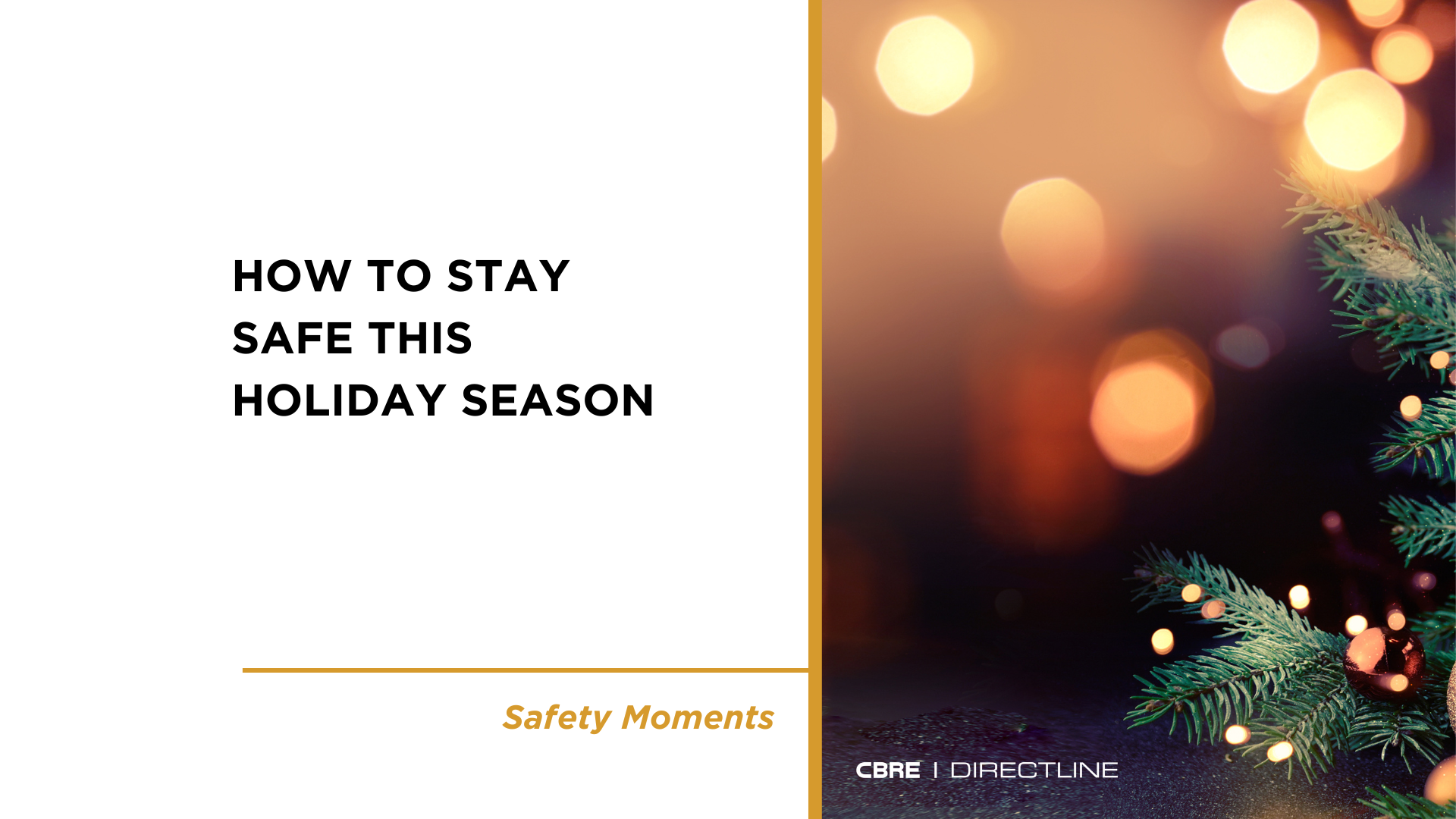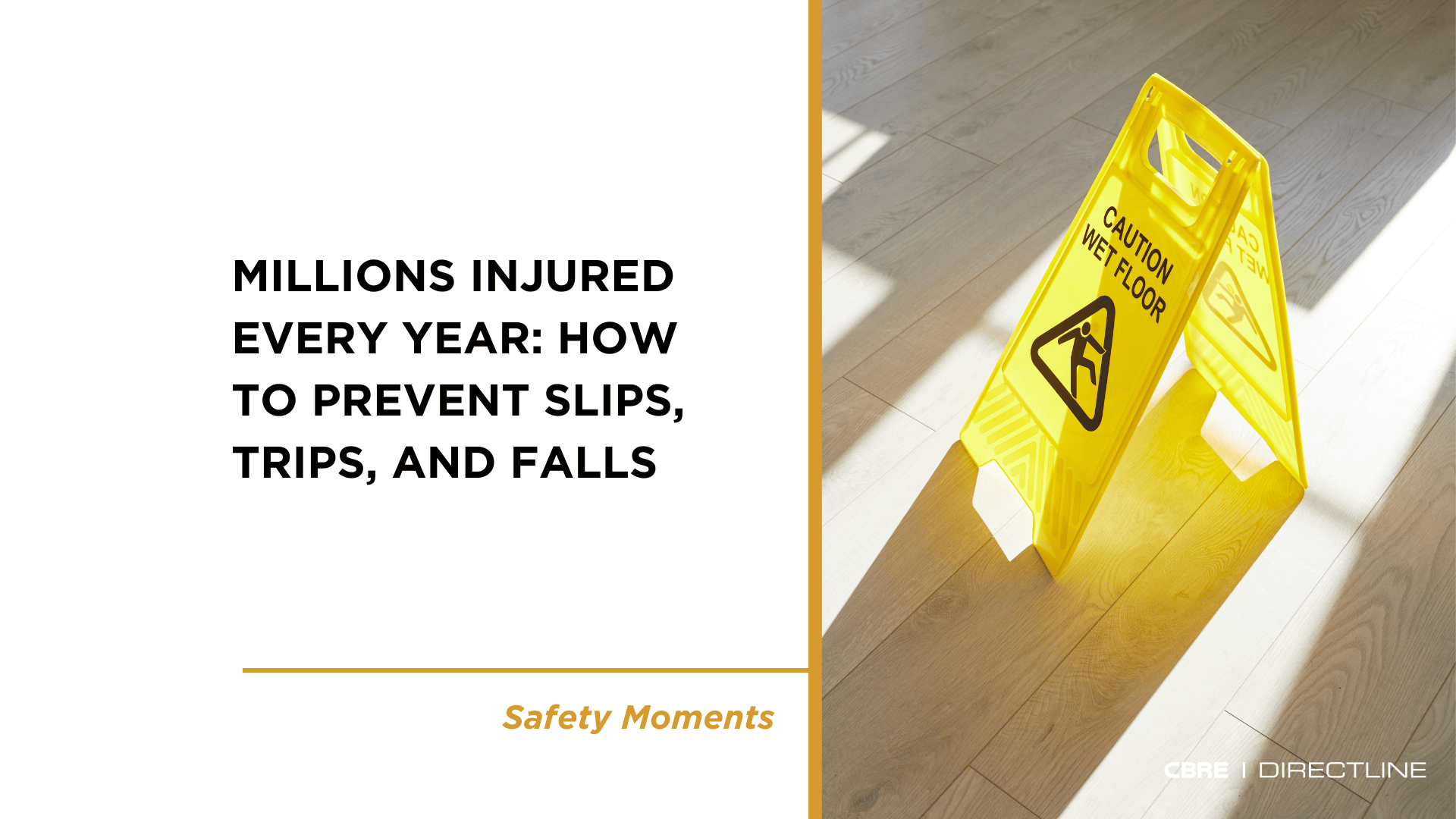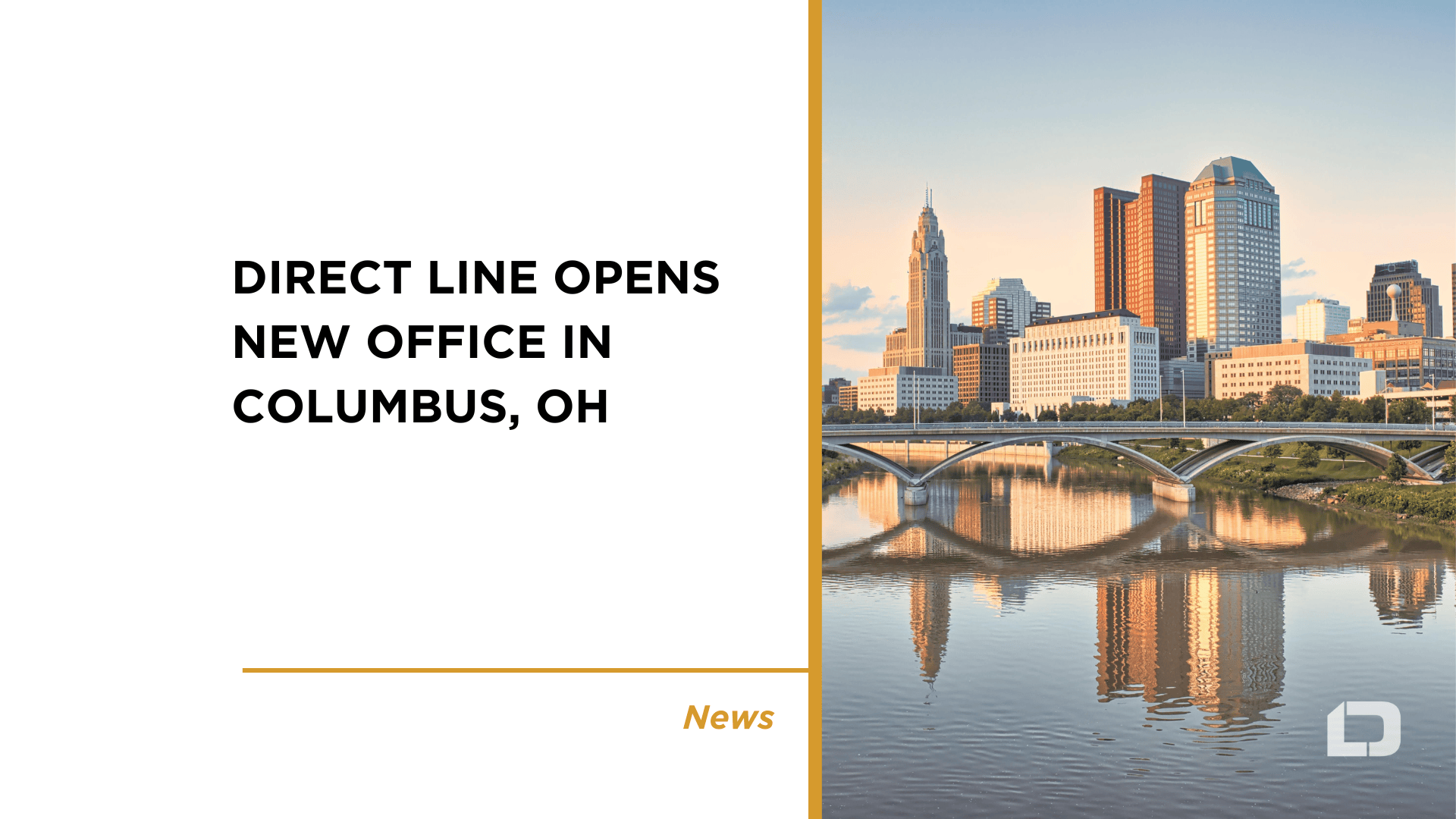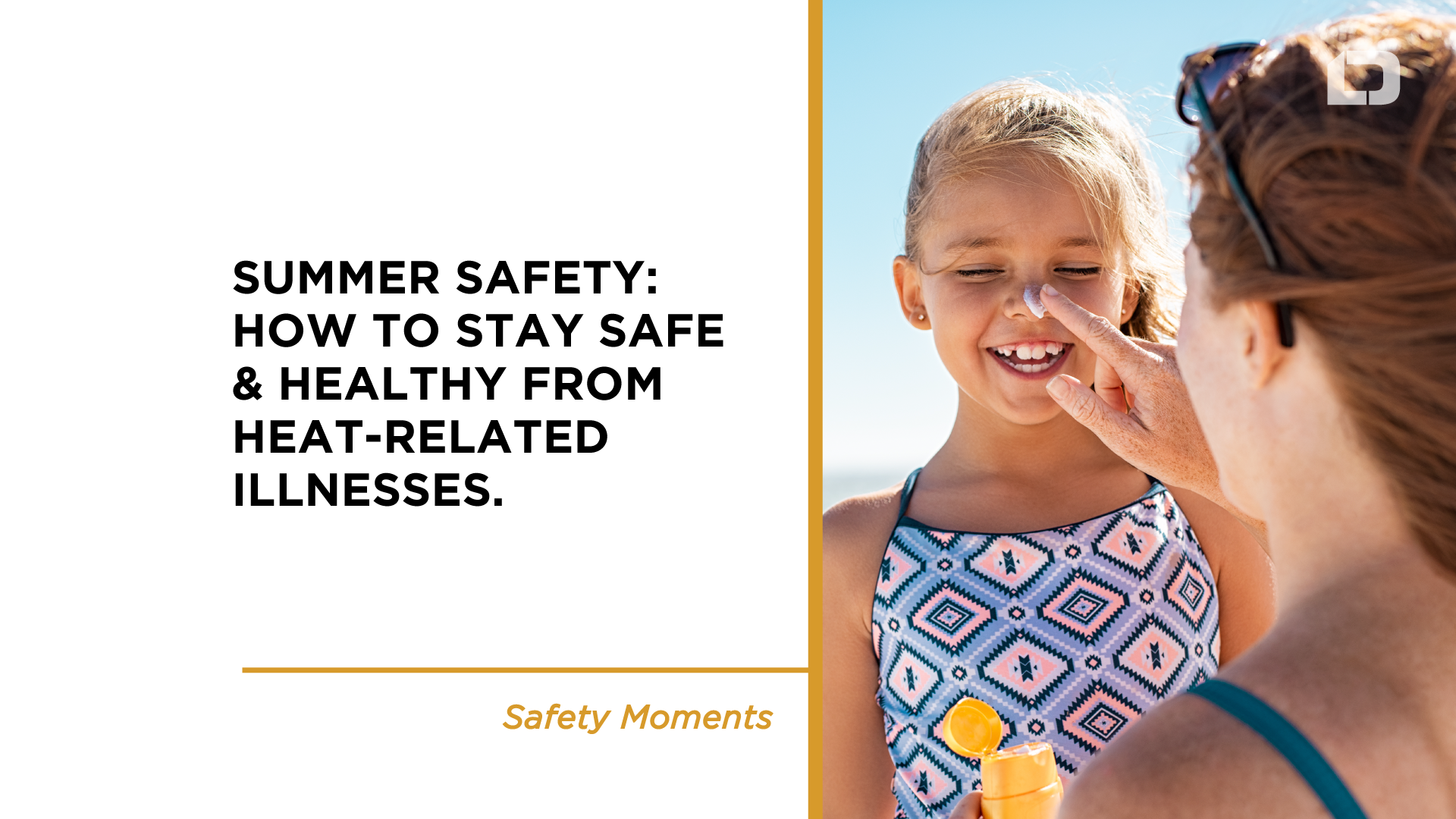Every September, there is a national celebration known as National Preparedness Month (NPM) to highlight the significance of being ready for crises and disasters that might strike at any time.
2024 Theme: “Start a Conversation”
Talking about dire situations like emergencies or disasters isn’t always simple. Even though we may believe that by avoiding these talks, we are safeguarding the people we care about. However, it is still crucial that we take precautions to be safe.
You and your family can take more steps in the right direction if you start talking now. You can increase your level of readiness at your speed by following these easy steps:
- Appoint a moment when everyone feels at ease and content.
- Spread out the talks over a predetermined amount of time to help prevent hasty decisions and increase comfort levels when discussing the subject.
- Explain your preparation measures and invite others to inquire about possible preventative measures.
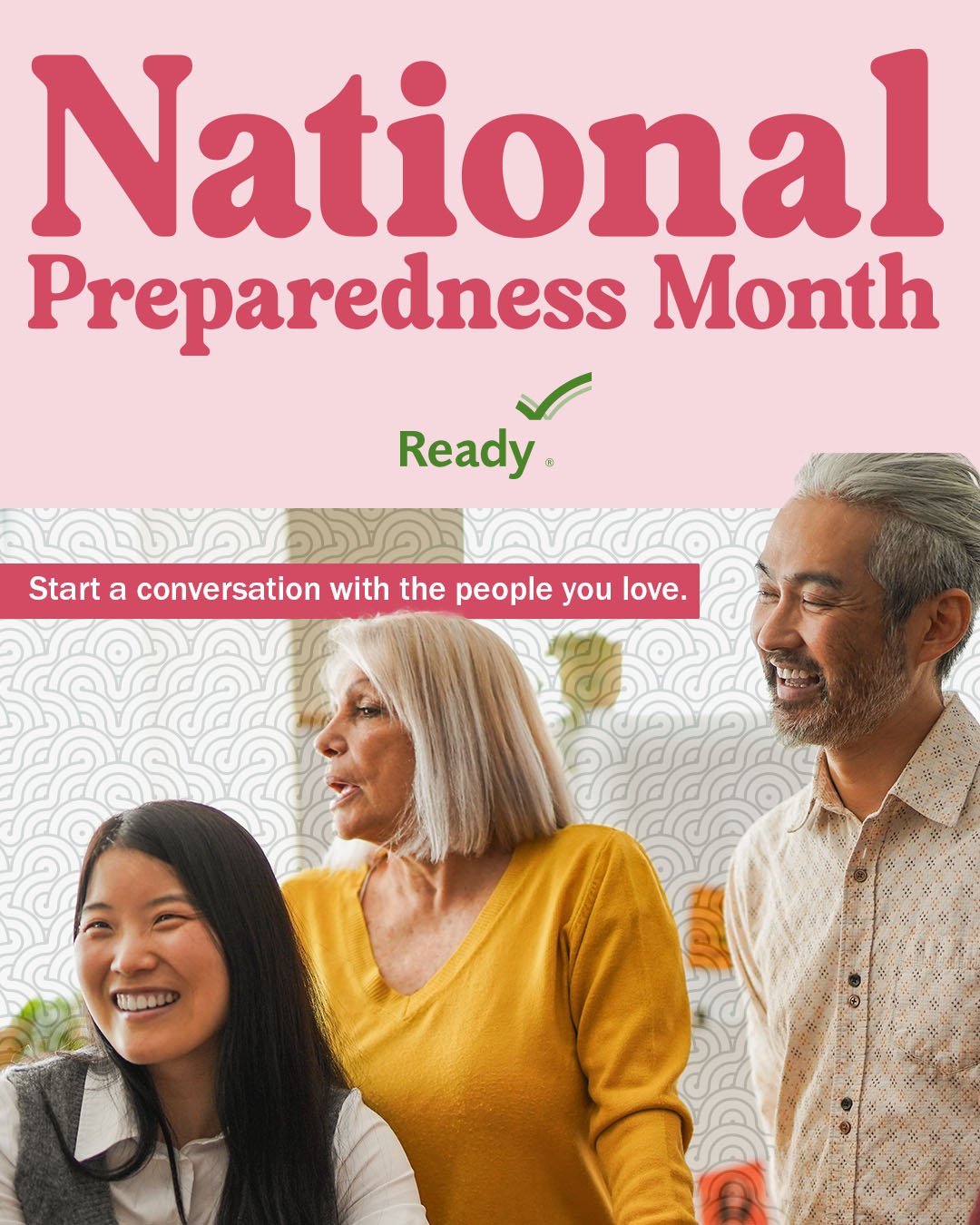
Discover How to Keep Yourself and Your Family Safe During Emergencies and Natural Disasters
Visit Disasters and Emergencies | Ready.gov to learn more about how to keep your family and yourself safe before, during, and after catastrophes and disasters. There is information in multiple languages for various risks, including floods, extreme heat, and wildfires. Along with these and other topics, the website offers information about emergency alerts and how to make an emergency plan.
Plan Ahead
- If you need to communicate, plan for how you will do so.
- Organize food, drink, and necessities for both you and your companions or assistance animals. Find out which evacuation facilities allow pets.
- Arrange for your travel in case you require assistance with leaving.
- Fill your emergency supply bag with supplies that cater to your specific needs, like medications, medical equipment, batteries, and chargers.
- Plan for carrying your assistive technology during an evacuation.
- Duplicate insurance cards, including Medicare, Medicaid, and others.
- Ascertain what special help you would require and plan for that help. View this planning for people with disabilities page for more information.
- Establish a network of friends, relatives, and other confidants who can help you in an emergency. Create a plan for emergencies and run it by them.
- Ensure that a minimum of one member of your support system possesses an extra key to your house, is aware of the location of your emergency supplies, and can use life-saving devices or dispense medication.
- If a clinic or hospital treats you regularly, ask about their emergency protocols and collaborate with them to find other providers of care.
- Remember your service animals or pets. Be prepared with alternatives because not all shelters allow pets. Think about asking friends or family who live far away from you if they can assist you with your pets.
Emergency Contacts for Direct Line
It’s also a great time to enter (or check/update) your Emergency Contact information in ADP.
Sign on to the ADP Website (where you can see your paycheck) at: https://workforcenow.adp.com/
The path is: Myself > My Information > Profile > Emergency Contacts.
Under profile, you should also go to Personal Info > View More and update your Bio & Status Information.
Basic Disaster Supplies Kit
When assembling your kit, place all the components in sealed plastic bags and place the entire kit inside one or two duffel bags or other easily transportable containers.
It is proposed that a basic emergency supplies kit contain the following items:
- Water for drinking and sanitation (one gallon per person every day for several days).
- Food (enough non-perishable food for three days or more).
- A NOAA weather radio with a tone alert, as well as a hand crank or battery-operated radio.
- First aid kit.
- Flashlight.
- Extra batteries.
- Whistle to request assistance.
- Dust mask (to aid in air pollution filtering).
- Duct tape and plastic sheets (to shelter in place).
- Plastic ties, trash bags, and moist towelettes.
- To switch off utilities, use pliers or a wrench.
- A manual food can opener.
- Cell phone with backup battery and charges.
- Local maps.

Additional Emergency Supplies
- Depending on what you need specifically, you might want to include the following items in your emergency kit:
- Prescription prescriptions.
- Non-prescription medications, such as pain relievers, anti-diarrhea medication, antacids, or laxatives.
- Masks (for everyone aged 2+), soap, hand sanitizer, and disinfectant wipes to clean surfaces.
- Prescription contacts lens solution and glasses.
- Diapers, wipes, bottles, formula, and ointment for diaper rash.
- Extra water and food for your pet.
- Cash or traveler’s checks.
- Important family documents, including identification, bank account data, and copies of insurance policies, are stored digitally or in a portable, waterproof container.
- A sleeping bag or cozy blanket for each person.
- A full change of clothes suitable for your climate and sturdy shoes.
- Extinguisher for fire.
- Disposable utensils, paper cups, plates, paper towels, and other plastic utensils.
- Feminine supplies and personal care goods.
- Waterproof containers with matches.
- Pen and paper.
- Kid-friendly games, books, puzzles, and other activities.
For more information visit these links:
Ready.Gov:
https://www.ready.gov/september
Ready.Gov – Older Adults:
https://www.ready.gov/older-adults
Preparedness Toolkits:
https://www.ready.gov/toolkits
Emergency Preparedness Publications:
https://www.ready.gov/publications
National Safety Council Emergency Preparedness:
https://www.nsc.org/community-safety/safety-topics/emergency-preparedness/emergency-preparedness-home
Center for Disease Control Natural Hazards:
https://www.cdc.gov/niosh/emres/response/?CDC_AAref_Val=https://www.cdc.gov/niosh/topics/emres/natural.html
BOTTOM LINE: YOUR SAFETY & HEALTH MATTER, BOTH ON AND OFF THE JOB.
YOU ARE AN IMPORTANT PART OF DIRECT LINE.


